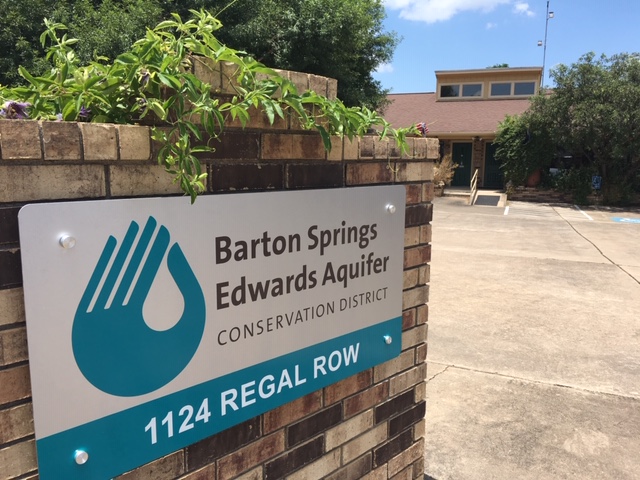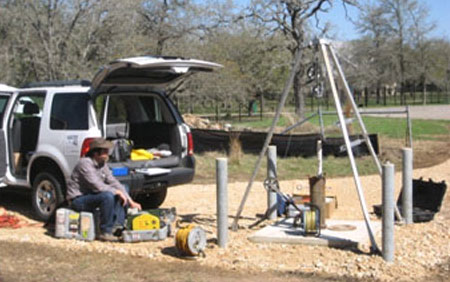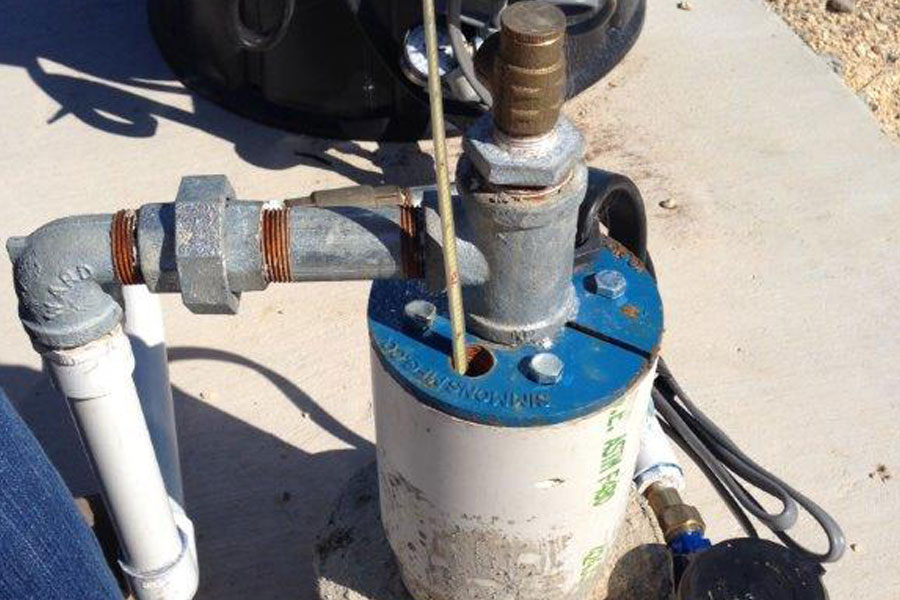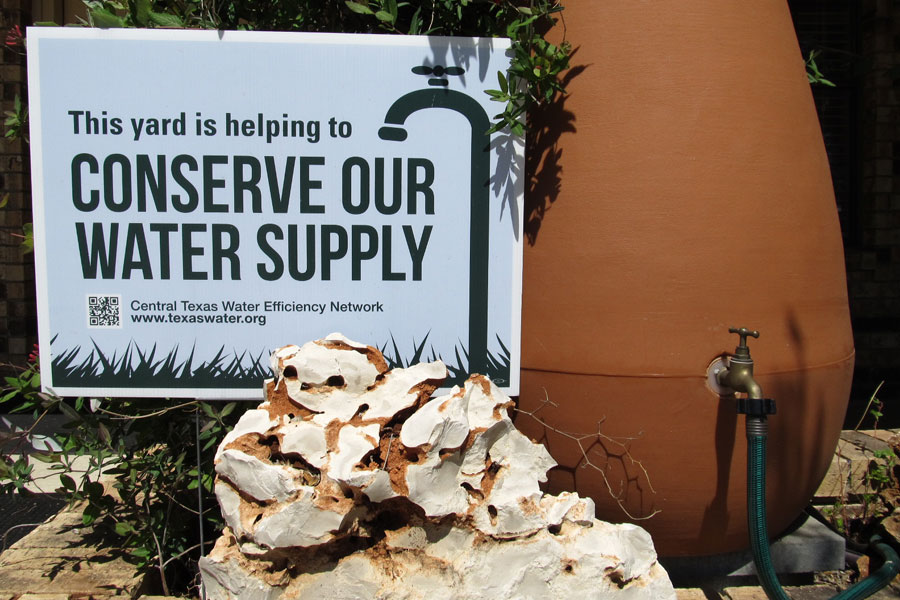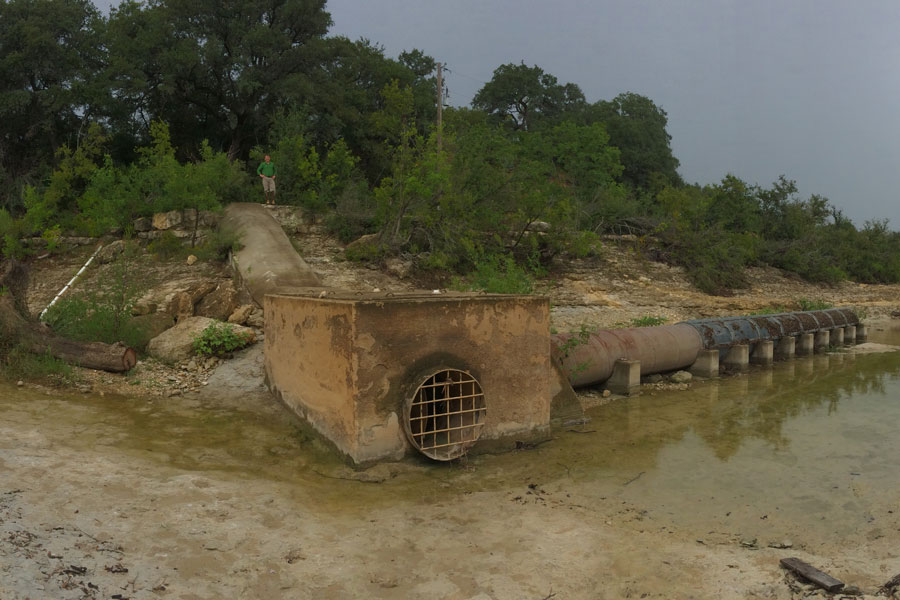Aquifer District Enters Water Conservation Period
For Immediate Release: Wednesday, May 1, 2019
For more information, contact: Robin Gary, Senior Public Information and Education Coordinator, (512) 282-8441 or rhgary@bseacd.org
Aquifer District Enters Water Conservation Period
The District’s Water Conservation Period starts Wednesday, May 1st and extends through the end of September—the time when water use is at its peak.
Recent wet weather has helped augment water supplies, but there is still a need to conserve water resources. In the past 10 years, we’ve experienced 5 separate droughts lasting from 2 months to over a year in duration. Water conservation through the summer months can help us delay and/or avoid another drought situation.
Starting on May 1st, Austin Water Utility restricts outdoor watering to no more than twice per week, and the Barton Springs/Edwards Aquifer Conservation District initiates a voluntary 10% reduction in groundwater pumping by its permittees. Though the approaches are different, the goal is the same—prolong water availability throughout the hottest and driest portion of the year.
In the summer months, outdoor water use is significantly higher and can account for 60% or more of home water use. Planting native or drought-tolerant landscapes, mulching, and using compost can substantially reduce the amount of irrigation water required to keep plants healthy. Making sure irrigation systems are functioning at peak efficiency and replacing leaking gaskets and hoses can help conserve water. Installing a rain barrel or rainwater harvesting system can make an even bigger impact in reducing overall water use.
Useful Links:
BSEACD is a groundwater conservation district charged by the Texas Legislature to preserve, conserve, and protect the aquifers and groundwater resources within its jurisdiction, which includes parts of three central Texas counties. It is governed by a Board of five elected directors and staffed with hydrogeologists, groundwater regulatory compliance specialists, environmental educators, geospatial systems specialists, and administrative support personnel.
